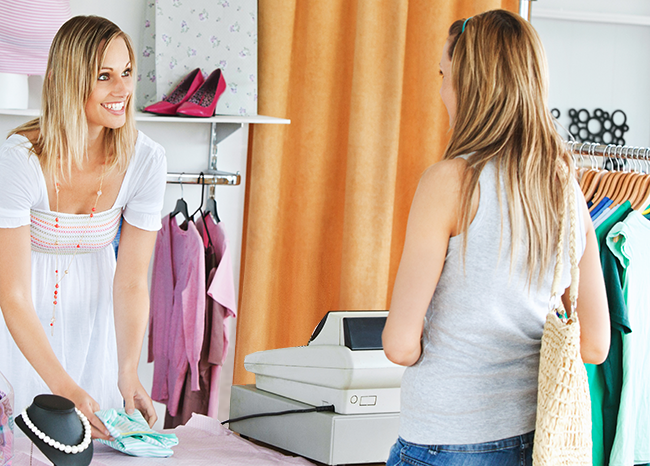Are your store associates ready to maximize the value of a Buy Online Pickup In-Store customer?
At Bridge Solutions Group, we’ve noticed a distinct change of late. No longer are our clients asking us why they should become “Omni-Channel”, the conversation is now invariably about how they should transition to an Omni-Channel model and what capabilities can enhance their consumer’s experience and provide a competitive advantage.
So in this the first of a series of articles we will explore some strategies and tactics that will enhance your brand and your top and bottom line as well.
It has been a long-held truth that retail stores provide a sensory stimulus unmatched by any other sales channel. That stimulus provides a compelling motivation for retailers to leverage stores in a wider variety of customer interactions, to the point where to a greater degree than ever before be confident in the knowledge of when some customers will be visiting a store and for what purpose.
How much-added value can you place on knowing when a customer will visit your store? To have the opportunity to anticipate that visit, leverage analytics and historic behavior with modern clienteling capabilities to enhance the consumer experience and actively focus sales.
There are a number of strategies and tactics that combined can reap rewards for the retailer.
By combining the digital and store experience, retailers can leverage a real-time store-specific view of inventory on their eCommerce platforms allowing customers to know exactly what products are available in the store for immediate purchase on the web. This buys online and pick up in-store approach is preferred by 35% of consumers (according to market research), who are either unlikely or very unlikely to visit a store unless they have a clear picture of store inventory on the web.
The benefit for the retailer is that the consumer is committing to visit a particular store within a particular timeframe to close a transaction. Retailers can leverage this certainty to drive sales of additional store products during that visit. For example, by offering a 5% discount voucher for any purchase in that store, limited to that particular day, retailers can motivate consumers to purchase additional items by combining the sensory experience with promotions targeted to drive sales.
Likewise for consumers wishing to return products either bought in the store or on the web retailers can encourage the return to store behavior that allows them to promote exchanges as opposed to pure returns. By encouraging consumers to initiate a return on the web from the order history page, retailers can incent store returns behavior again allowing for the opportunity to plan and prepare for that consumer store visit, increase the exchange versus return ratio as well as enhance additional sales whilst in the store for the return.
Classic retailing has always been and remains about product price and promotion. Being able to have visibility to consumers’ pending visits to the store, whether to collect or return and online purchase allows retailers to determine what promotion activity is required to close the additional sale.
In the second article in this series, we will explore how retailers can leverage their Omni-Channel capabilities to engage in a dialog with their customers that will enhance conversion and build brand loyalty. Stay tuned!

